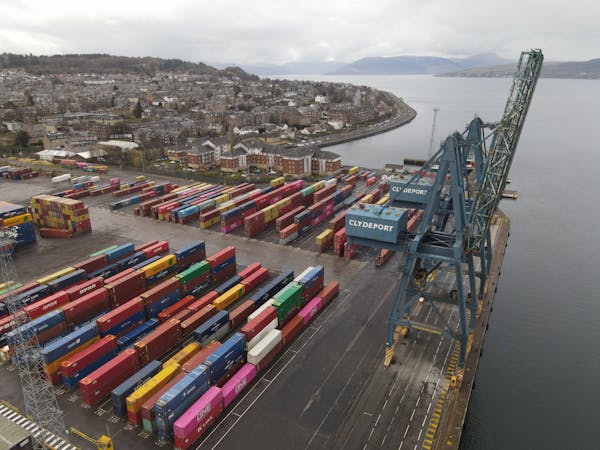Shipping Ice Cup Machines from Guangzhou/Shenzhen to Santa Cruz Port, Bolivia
Shipping Method: FCL (Full Container Load) and LCL (Less-than-Container Load)
FCL (Full Container Load) Shipping:
- Container Options: A 20-foot (20FT) or 40-foot (40FT) container can be used, depending on the size and volume of the ice cup machine.
- CIF (Cost, Insurance, and Freight): This shipping option includes the cost of the container, freight charges, and insurance for the goods until they arrive at Santa Cruz port.
- Transit Time: The estimated sea transit time from Guangzhou/Shenzhen to Santa Cruz is about 43 days. The specific duration may vary depending on the shipping route and sea conditions.
LCL (Less-than-Container Load) Shipping:
- If the quantity of ice cup machines is smaller, LCL shipping might be more cost-effective. LCL means your goods share a container with other shipments, and the shipping cost is calculated based on the volume or weight of your goods.
- Transit Time: Similar to FCL, LCL shipping takes approximately 43 days to reach Santa Cruz port.

Packaging of Ice Cup Machines
Proper packaging of the ice cup machine is crucial to ensure that the equipment arrives at its destination in good condition. The following packaging methods are commonly used for shipping:
Wooden Crates:
- The ice cup machine should be carefully packed in custom-sized wooden crates to provide adequate protection against bumps, knocks, and moisture during the long sea journey.
- The crates should be robust enough to handle the weight and size of the machine. Special attention should be given to reinforcing the corners and adding cushioning materials inside the crate to avoid any damage.
Plastic Wrapping:
- Before placing the machine into the crate, it’s advisable to wrap it in heavy-duty plastic or shrink wrap to protect it from water damage and dust. This step is especially important when shipping over long distances, where the risk of exposure to elements is higher.
Foam Inserts and Padding:
- To prevent the ice cup machine from shifting during transport, foam inserts or padding should be added inside the crate. This helps stabilize the machine, reducing the risk of internal damage caused by movement inside the crate.
Clear Labeling:
- Proper labeling is essential for identifying the goods. Each crate should have clear, visible labels with details such as the consignee’s address, a description of the contents, handling instructions (e.g., “Fragile” or “This Side Up”), and a tracking number.
Sealing:
- After packing the machine in the crate and ensuring that all protection measures are in place, the crate should be securely sealed with strong metal straps or nails. This ensures that the crate stays intact throughout the shipping process.

Delivery and Customs at Santa Cruz Port
Once the ice cup machine reaches Santa Cruz port in Bolivia, it will be unloaded, and the shipping documents will be submitted to the local customs for clearance. For CIF shipments, the shipping company will handle the customs clearance at the destination port, and the consignee will be responsible for paying any applicable duties, taxes, and delivery charges. If the shipment is in an LCL container, the goods may need to be unloaded from the shared container, and you will need to arrange for the final delivery.



